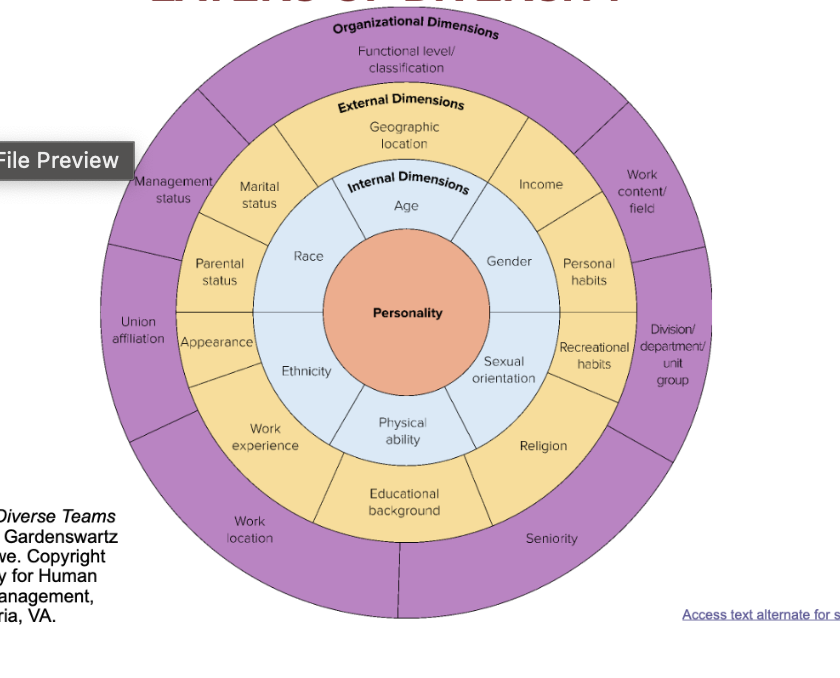Chapter 11
1/25
There's no tags or description
Looks like no tags are added yet.
Name | Mastery | Learn | Test | Matching | Spaced |
|---|
No study sessions yet.
26 Terms
Personality
consists of the stable psychological traits and behavioral attributes that give a person their identity
Big Five Personality Dimensions
Extroversion, agreeableness, conscientiousness, emotional stability, & openness to experience
Core self-evaluation
represents a broad personality trait comprising four positive individual traits: self-efficacy, self-esteem, locus of control, and emotional stability
Self-efficacy
belief in one’s personal ability to do a task
Self-esteem
the extent to which people like or dislike themselves, their overall self-evaluation
Emotional stability
extent to which people feel secure and unworried and how likely they are to experience negative emotions under pressure
Components of EI
emotional intelligence; self-awareness, self-management, social awareness, & relationship management
Organizational behavior
field dedicated to better understanding and managing people at work; explain & predict workplace behavior in individual & group
Values
abstract ideals that guide your thinking and behavior across a variety of situations
Attitudes
defined as a learned predisposition toward a given object
Three components of attitudes
affective, cognitive, & behavioral
Affective
consists of the feelings or emotions one has about a situation
Cognitive
consists of the beliefs and knowledge one has about a situation
Behavioral
intentional component; how one intends or expects to behave toward a situation
Cognitive dissonance
describe the psychological discomfort a person experiences between their cognitive attitude and incompatible behavior
Perception
process of interpreting and understanding one’s environment
Distortions in perceptions
stereotyping, implicit bias (beliefs affecting things), halo effect, recency effect (remember recent info), & casual attributions (inferring causes for observed behavior)
Self-fulfilling prophecy
Pygmalion effect; describes the phenomenon in which people’s expectations of themselves or others lead them to behave in ways that make those expectations come true
Employee engagement (work-related attitude)
mental state in which a person performing a work activity is fully immersed in the activity, feeling full of energy and enthusiasm for the work.
Job satisfaction (work-related attitude)
the extent to which you feel positive or negative about various aspects of your work
Organizational commitment (work-related attitude)
extent to which an employee identifies with an organization and is committed to its goals
Organizational Citizenship (behavior)
employee behaviors that are not directly part of employees’ job descriptions
Counterproductive work (behavior)
types of behavior that harm employees and the organization as a whole
Important differences
personality, internal, external, & organizational dimensions
Four Layers of Diversity
organizational, external, internal, & personality

Conscientiousness
represents an individual’s dependability, responsibility, achievement-orientation, and persistence